Circuit Description
The aftertreatment diesel exhaust fluid controller communicates with the ECM and controls the heating, dosing, and purging of the aftertreatment diesel exhaust fluid system.
Component Location
The aftertreatment diesel exhaust fluid controller is installed on the vehicle by the OEM. Refer to the OEM service manual for component location.
Conditions for Running the Diagnostics
This diagnostic runs continuously when the engine is running.
Conditions for Setting the Fault Codes
The aftertreatment diesel exhaust fluid controller detects the battery supply voltage is greater than a threshold.
Action Taken When the Fault Code is Active
The ECM illuminates the amber CHECK ENGINE lamp and/or Malfunction Indicator Lamp (MIL) immediately when the diagnostic runs and fails
Diesel exhaust fluid injection into the aftertreatment system is disabled.
Conditions for Clearing the Fault Code
To validate the repair, start the engine and let it idle for 1 minute.
The fault code status displayed by INSITE? electronic service tool will change to INACTIVE immediately after the battery voltage drops back into normal operating range and the diagnostic runs and passes.
The ECM will turn off the amber CHECK ENGINE lamp after the diagnostic runs and passes.
For On Board Diagnostic (OBD) engines, the ECM will turn off the MIL after 3 consecutive trips where the diagnostic runs and passes.
The ?Reset All Faults? command in INSITE? electronic service tool can be used to clear active and inactive faults, as well as extinguish the MIL for OBD applications
Shop Talk
Possible causes of this fault code include:
Improper battery voltage setting in INSITE? electronic service tool
A damaged alternator causing high voltage
Improperly connected batteries.
Reference the appropriate OEM wiring diagram when troubleshooting circuits that utilize wiring supplied by the OEM.
For intermittent power supply and datalink communication issues with Aftertreatment Components, it is highly recommended that the OEM Power Distribution Center fuses and relays be thoroughly checked for loose, missing or intermittent connections.
Possible Cause:
1) Alternator, regulator, and OEM wiring failure
2) ECM calibration


 AGCO
AGCO ALLISON
ALLISON BENDIX
BENDIX BOBCAT
BOBCAT CAT
CAT CLAAS
CLAAS CNH
CNH DAF
DAF DETROIT
DETROIT EATON
EATON FREIGHTLINER
FREIGHTLINER HINO
HINO HITACHI
HITACHI ISUZU
ISUZU JCB
JCB JOHN DEERE
JOHN DEERE JPRO
JPRO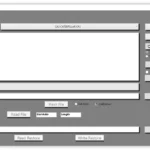 MAGIC TUNER
MAGIC TUNER MAN
MAN Navistar
Navistar PACCAR
PACCAR PERKINS
PERKINS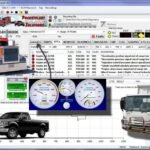 PF DIAGNOSE
PF DIAGNOSE PSI POWERLINK
PSI POWERLINK RENAULT
RENAULT SCANIA
SCANIA THERMO KING
THERMO KING UD NISSAN
UD NISSAN VOLVO
VOLVO WABCO
WABCO ZF TESTMAN
ZF TESTMAN
 BELL
BELL BENDIX
BENDIX BOBCAT
BOBCAT CARRIE
CARRIE DAF
DAF DETROIT
DETROIT EATON
EATON FUSO
FUSO MACK
MACK
 Cumminz
Cumminz ISB4.5 CM2150
ISB4.5 CM2150 All Engines (2017 Emissions)
All Engines (2017 Emissions) PACCAR
PACCAR

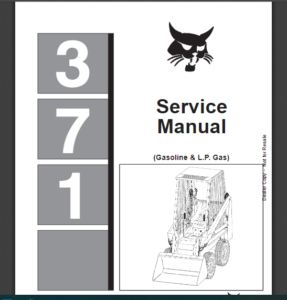
![The DOOSAN Diagnostic Tool DX22 Electronic Marine DCU Analyzer 01.00 R4 [2024.04] is a specialized software for diagnosing marine engines. It simplifies the process of identifying issues in electronic control units, enhancing maintenance efficiency. With features like real-time data analysis and easy software updates, the DX22 adapts to various marine applications. This tool is essential for ensuring the optimal performance of marine machinery and can also be used for heavy truck diagnostics.](https://ecmtrucks.com/wp-content/uploads/2024/08/Capture-1-300x226.png)
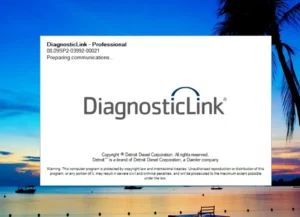



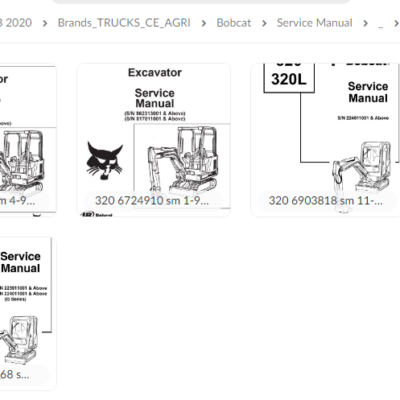
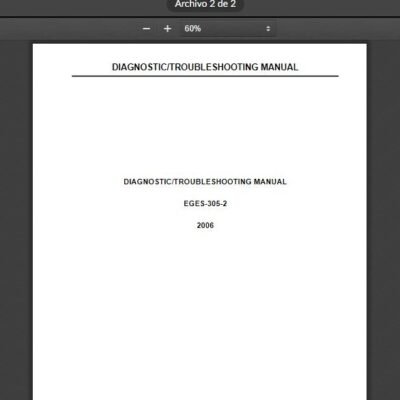

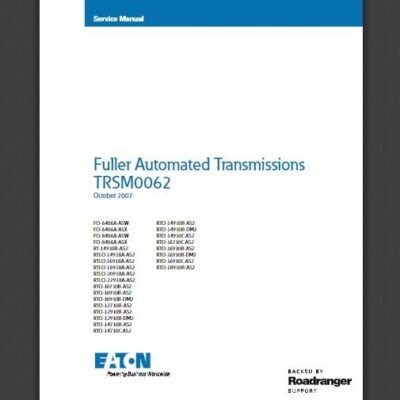
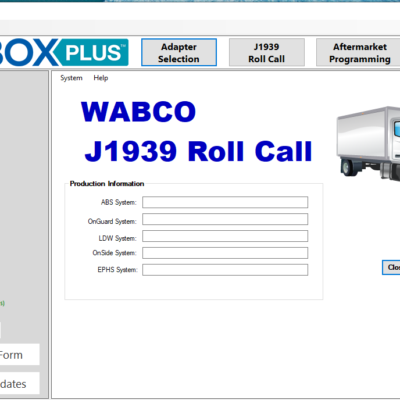
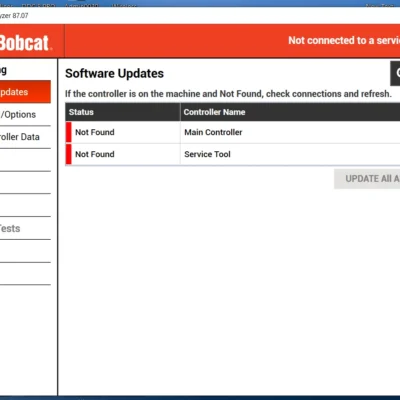
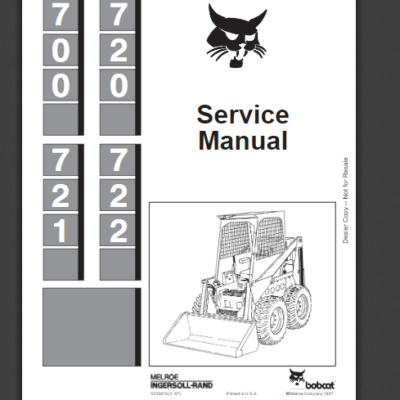

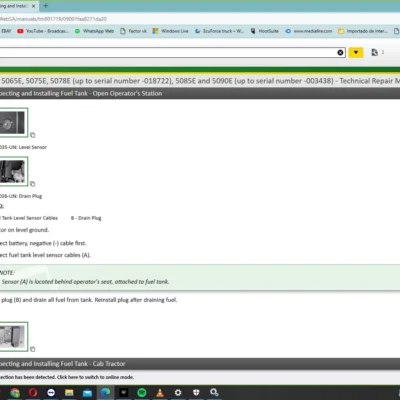
Reviews
Clear filtersThere are no reviews yet.